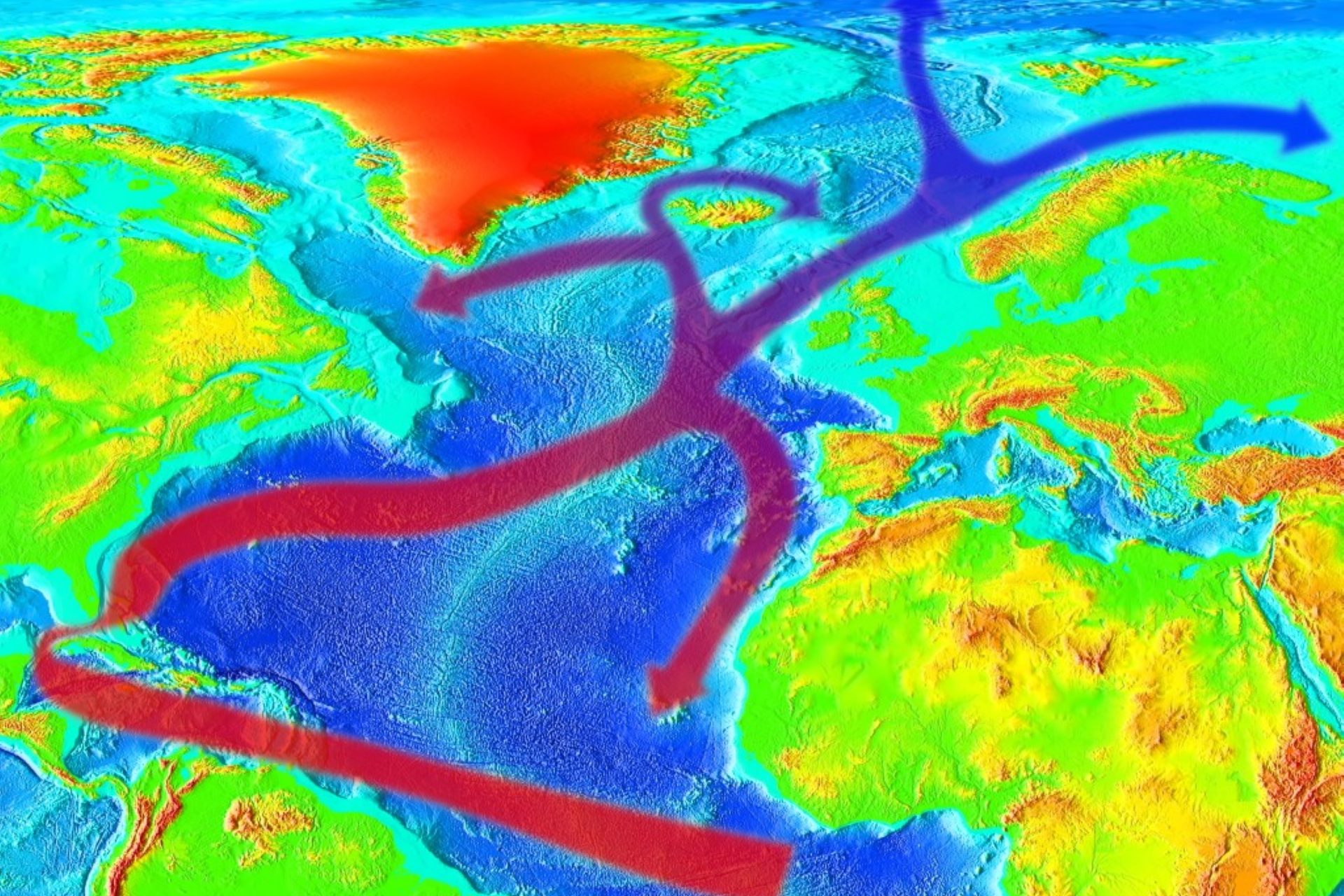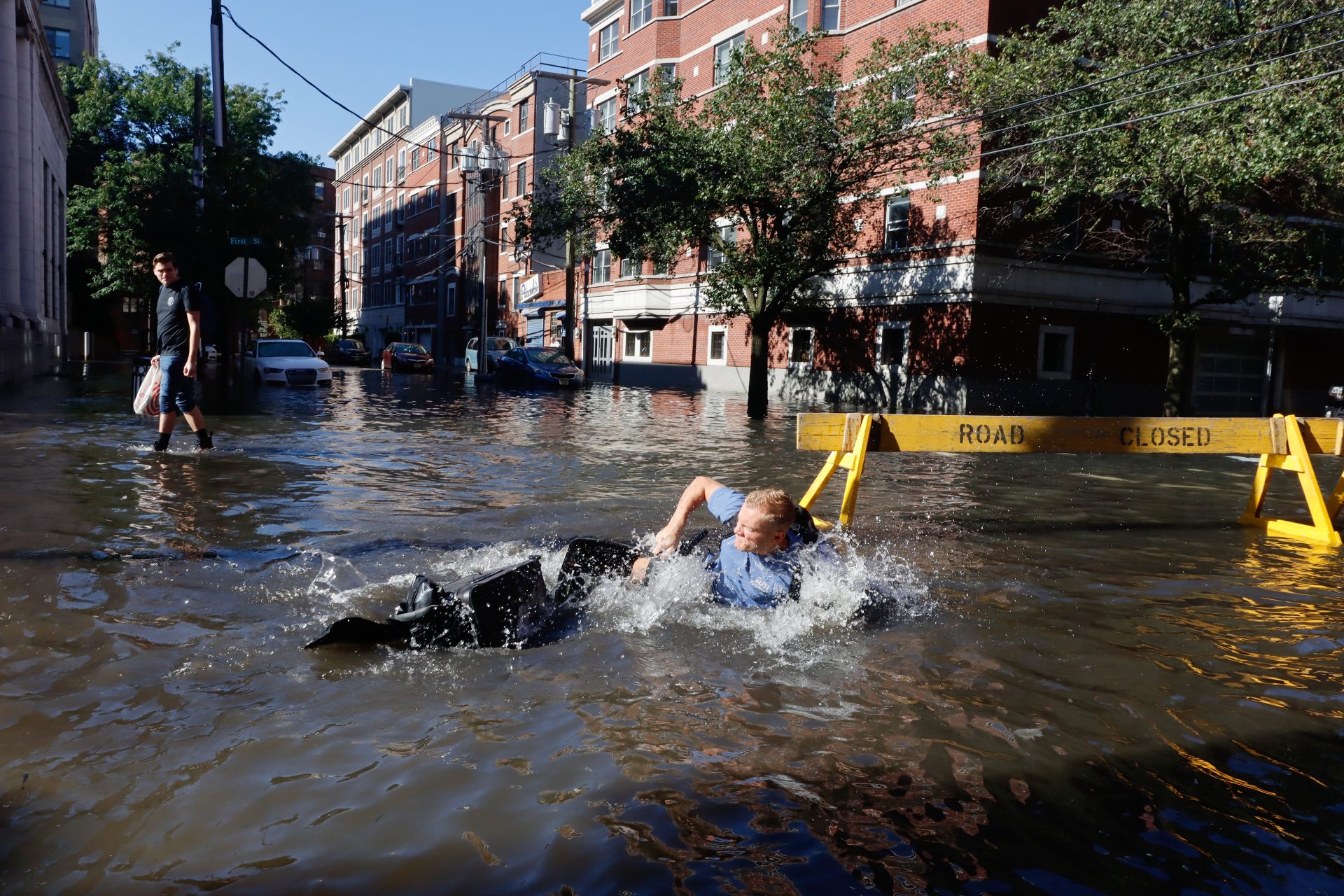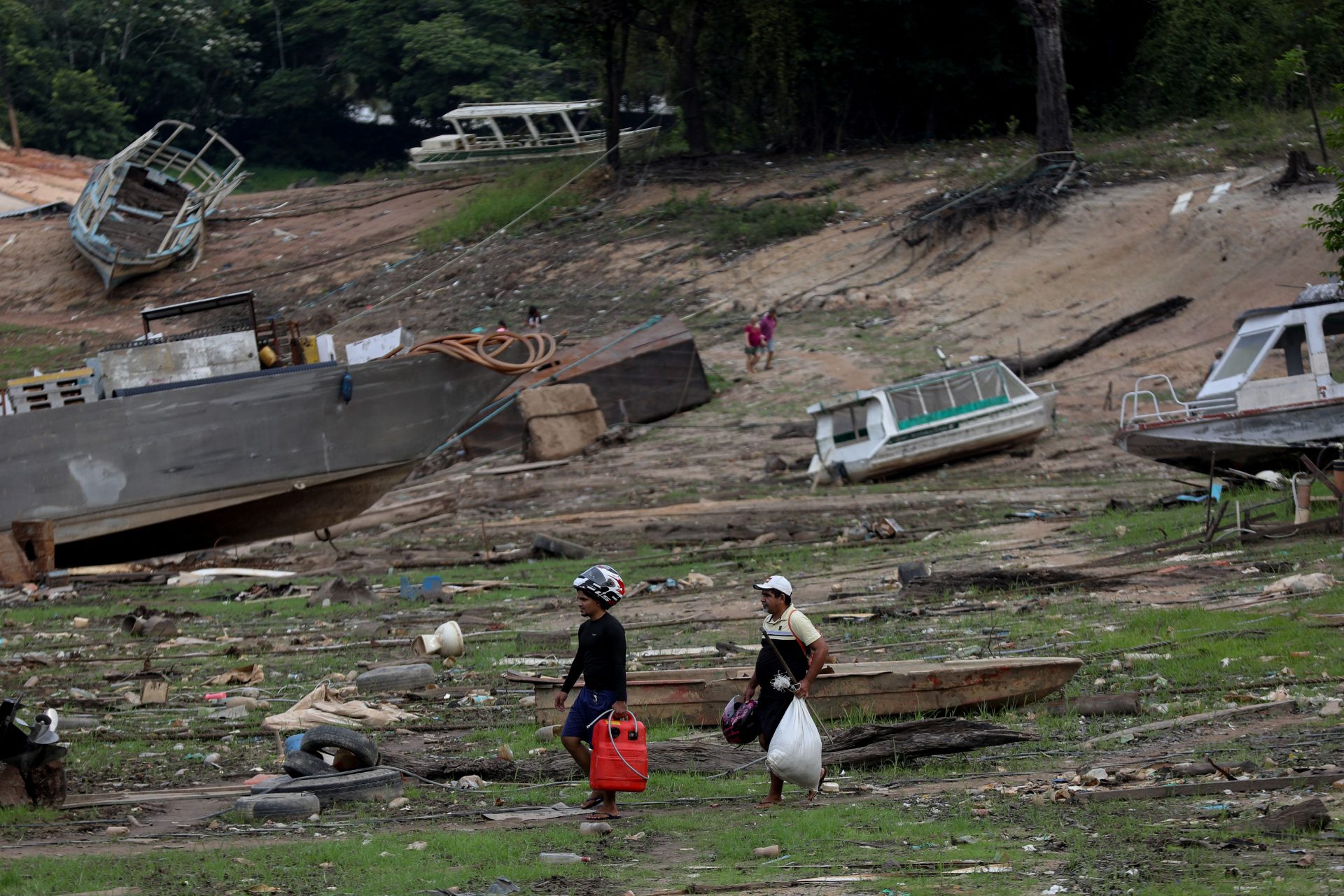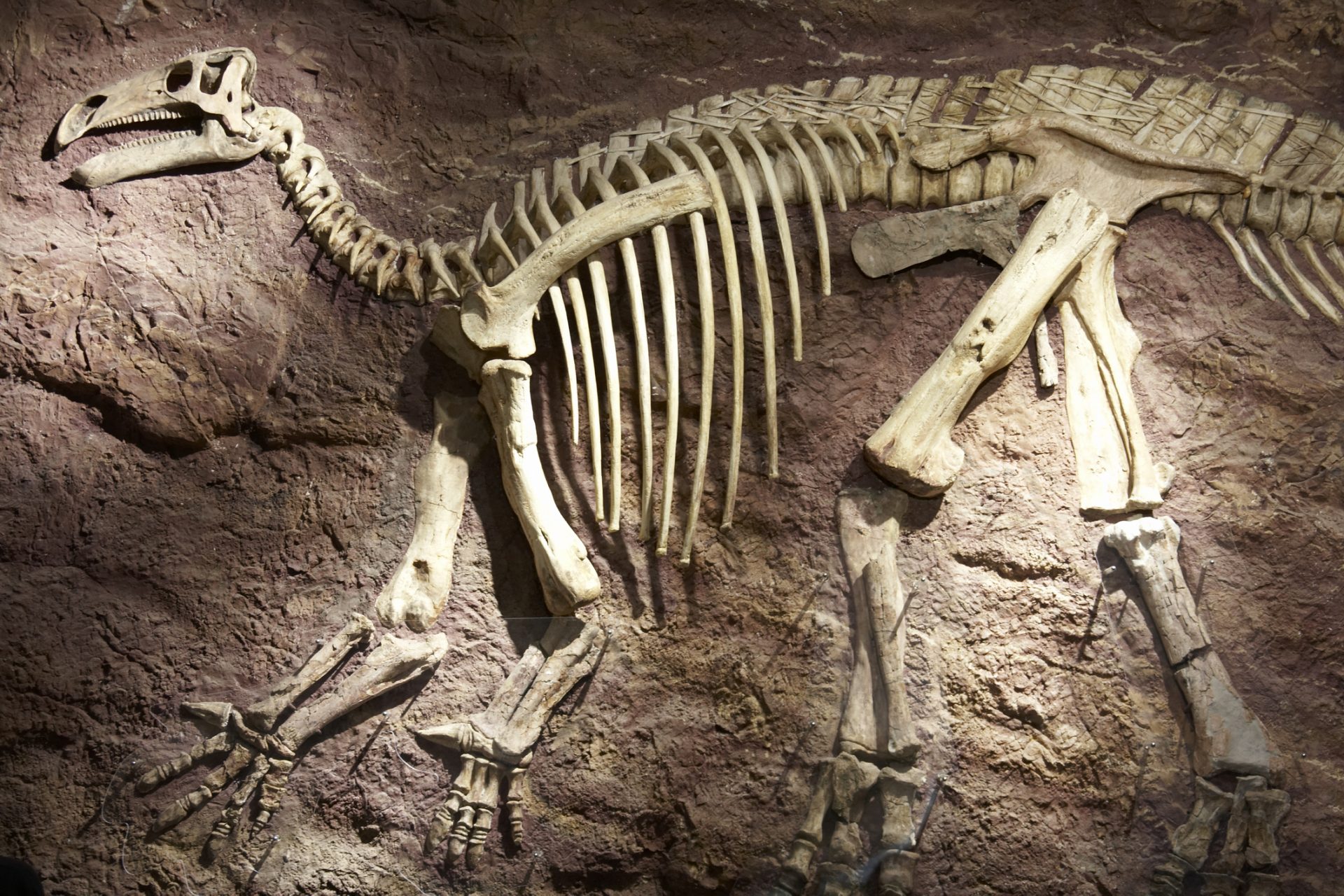Frozen Europe, flooded New York: What would happen if the Gulf Stream collapsed?
The Gulf Stream is an Atlantic current, part of The Atlantic meridional overturning circulation (AMOC), which brings warm, salty water north and cold waters South. It plays a huge part in controlling temperatures, especially around the North Atlantic region.
Without the AMOC and Gulf Stream, northern Europe would be super frozen. Think about it: northern Scotland is at the same latitude as Alaska but rarely has freezing temperatures or even snow. Balmy Barcelona is at the same latitude as Chicago… yet the annual temperature there is way warmer, especially in winter!
Image: RedAndr/Wikimedia
Studies published in the prestigious journal Nature found that the AMOC (linked closely to the Gulf Stream system) is at its weakest in 1,600 years. The study found that the decline started around 150 years ago and it has lost around 15 to 20% of its strength.
In 2023, a model-based study published in Nature Communications suggested that the AMOC will collapse sometime between 2025 and 2095. Most likely, the researchers estimate, the current collapse will occur closer to 2050.
Although published in Nature, other experts have questioned the model behind the prediction that the collapse is highly likely this century. Even so, the fact that more and more data is pointing in this direction is still worrying. “This must be taken very seriously, especially when we’re talking about a risk that we really want to rule out with 99.9% certainty,” Prof Stefan Rahmstorf, at the University of Potsdam, Germany, told The Guardian.
Why is this such an alarming study? Well, experts say that a collapse of the AMOC system could cause serious chaos around the world, but particularly around Europe and North America. Here are some of the big predicted consequences.
Whether you live, vacation, or dream of visiting… the collapse of this system could make Western Europe a lot colder. It could mean lower average temperatures by 10C (18F) to 15C (27F), according to the 2023 model. That is quite severe… and would make the average temperature of Barcelona more like that of Chicago… Or even colder!
A 2020 study published in Nature Food, suggests that the AMOC collapse could reduce rainfall in the UK dramatically…. Enough to reduce the UK’s percentage of arable land from 32% to just 7%. This is just one example of how it could affect agriculture.
Models also predict that less warm water being redistributed from around eastern North America could lead to sea level rise, exacerbating flooding and erosion in places like New York and Boston. It could also increase extreme weather events.
A 2021 paper in Nature Climate Change found that: “A collapse of the current AMOC state would have severe impacts on the global climate system and would increase the risk of a cascade of further transitions in other major multi-stable components of the Earth system, such as the Antarctic ice sheet, tropical monsoon systems, and Amazon rainforest.”
Given its effects on the entire equilibrium on the Earth, it could cause scary effects on the global agricultural system, even outside of the North Atlantic Region. According to the NGO Arctic Ice Project, countries in India, South America, and West Africa would be particularly hard-hit. And the altered patterns could cause everything from crop failures to food shortages and increased prices.
The last time the AMOC collapsed was the last ice age… around 12,000 years ago, according to research. So a fresh and sudden collapse would greatly affect marine life and ecosystems that have gotten used to the temperatures over the last thousands of years. This, of course, could also impact fishing.
Researchers say it's important to wave a red flag because the collapse of these vital currents could be prevented if we limit climate change.
Indeed, the melting arctic ice caps are believed to disrupt the currents by adding huge quantities of fresh water to the ocean. Since the Gulf Stream’s flow is partly driven by water density differences, affected by both temperature and salinity, the dilution of ocean water can disrupt the current’s strength.
In Earth’s 4.5 billion-year history, we’ve been here before. Geologists hypothesize that at some point, when the ice caps were completely melted, there were hardly any currents or circulation in the seas, leading to the oceans becoming swampy, poisonous messes (such as the Canfield ocean in the Proterozoic era).
While the ocean is kind of “out of sight out of mind for many,” it plays a huge role in climate change. According to the UN, the ocean generates 50% of the oxygen we need, absorbs 25 percent of all carbon dioxide emissions, and captures 90% of the excess heat generated by these emissions.
More for you
Top Stories





























